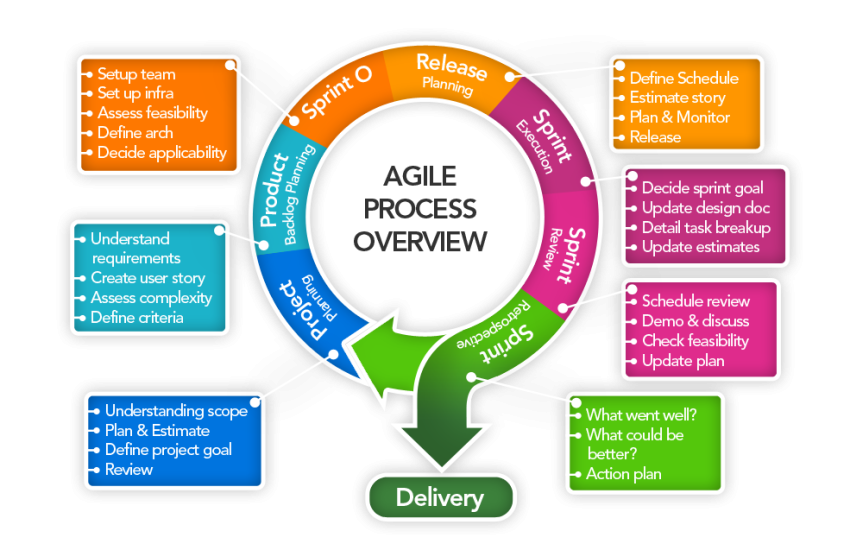Building User-Friendly Websites Through Web Development
Web development plays a crucial role in creating user-friendly websites that attract and retain visitors. With the ever-evolving landscape of technology and user expectations, it is essential for businesses to invest in building websites that offer a seamless and enjoyable user experience. In this article, we will explore the key elements of web development that contribute to creating user-friendly websites.
Responsive Design
One of the most important aspects of web development for creating user-friendly websites is responsive design. With the increasing use of mobile devices to browse websites, it is essential for websites to be easily accessible and navigable on various screen sizes. Responsive design ensures that a website adapts to different devices and screen sizes, providing a consistent user experience across all platforms.
Web developers use CSS media queries and flexible layouts to create responsive websites that automatically adjust to different screen sizes. By implementing responsive design, businesses can reach a wider audience and improve user engagement on their websites.
Intuitive Navigation
Intuitive navigation is another crucial element of web development that contributes to creating user-friendly websites. Users should be able to easily find the information they are looking for and navigate through the website without any confusion. Web developers use clear navigation menus, breadcrumbs, and call-to-action buttons to guide users through the website and improve their overall experience.
By organizing content effectively and providing intuitive navigation, web developers can ensure that users have a positive experience on the website and are more likely to engage with the brand.
Fast Loading Speed
Fast loading speed is essential for creating user-friendly websites as users expect websites to load quickly and efficiently. Web developers optimize website performance by reducing file sizes, minifying code, and leveraging caching techniques to improve loading speed. By prioritizing fast loading speed, businesses can reduce bounce rates and improve user satisfaction on their websites.
Web developers also pay attention to loading speed on mobile devices, as slow loading times can significantly impact user experience. By optimizing websites for mobile performance, businesses can ensure that users have a seamless experience regardless of the device they are using.
Accessible Design
Web developers also focus on creating accessible design to make websites user-friendly for individuals with disabilities. By following Web Content Accessibility Guidelines (WCAG), web developers ensure that websites are accessible to all users, including those with visual, auditory, and motor impairments. Accessible design features such as alt text for images, keyboard navigation, and semantic HTML improve usability and make websites more inclusive.
By prioritizing accessible design, businesses can reach a wider audience and demonstrate their commitment to diversity and inclusion.
Conclusion
Web development plays a crucial role in building user-friendly websites that offer a seamless and enjoyable user experience. By incorporating responsive design, intuitive navigation, fast loading speed, and accessible design, businesses can create websites that attract and retain visitors. Investing in web development is essential for businesses looking to stay ahead in the competitive online landscape and provide users with a positive experience on their websites.
By prioritizing user-friendly web development practices, businesses can improve user engagement, increase conversions, and build a strong online presence.


